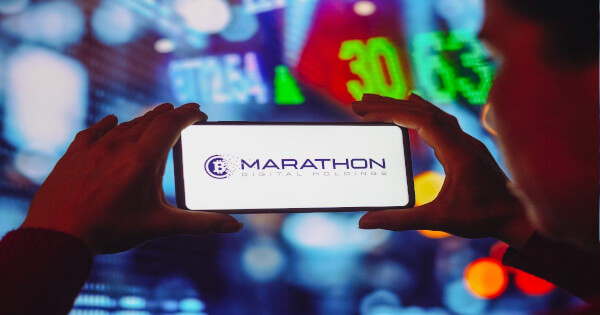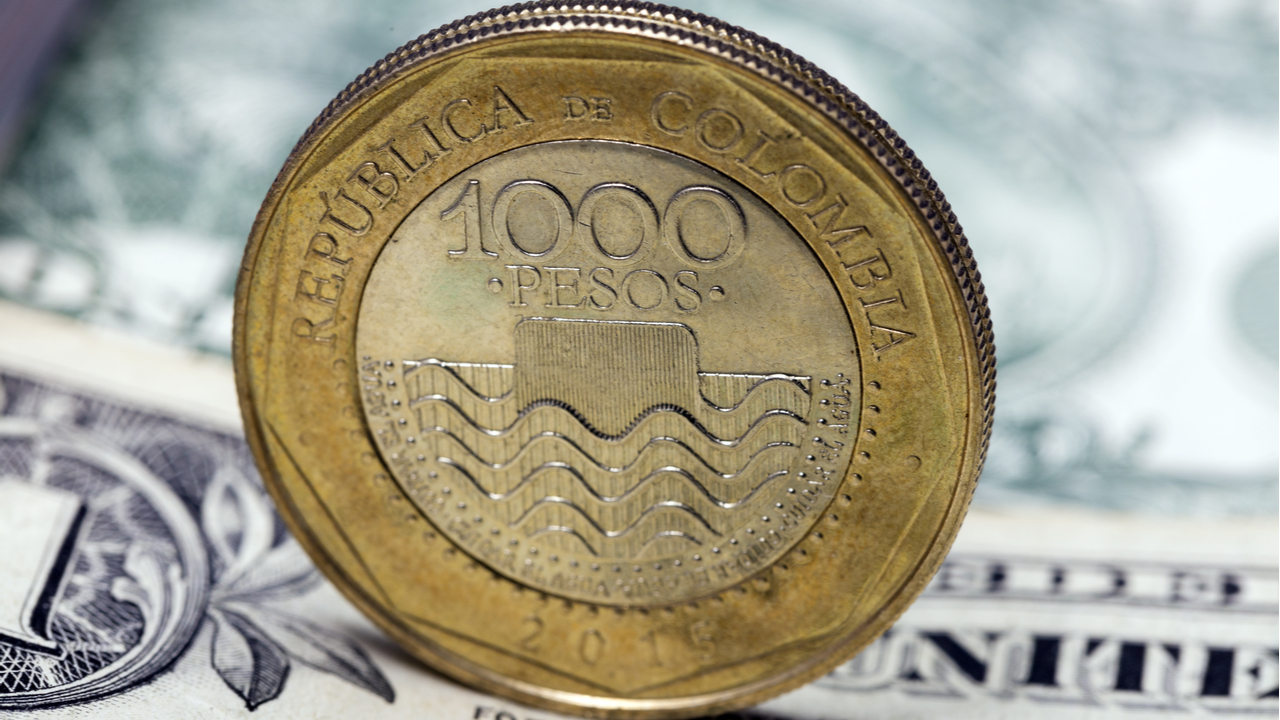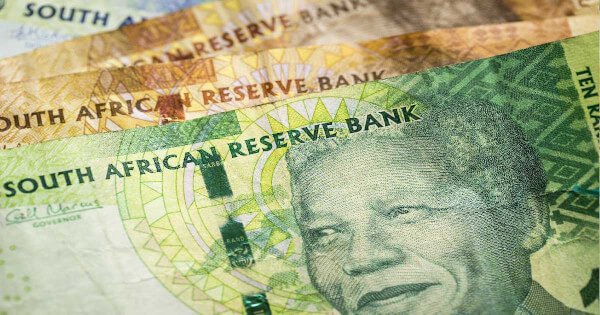Godwin Emefiele, the Governor of the Nigerian Central Bank, said on Thursday that the eNaira, Nigeria’s Central Bank Digital Currency (CBDC), is expected to enter the second phase of its expansion through new technology to increase its user base.
The Central Bank Governor delivered a speech in eNaira Hackathon event on Thursday where he talked about the progress and related developments regarding eNaira, Africa’s first ever CBDC launched in October last year.
Mr. Emefiele said the second phase of the national digital currency project has begun and is focused on driving the initiative of financial inclusion through the onboarding of unbanked users with a target of about eight million active users.
The Governor disclosed that since the launch of the eNaira, the CBDC has garnered over 840,000 downloads in over 270,000 active wallets. And so far, about 200,000 transactions worth over $9.5 million have been recorded through the eNaira digital currency.
In the first phase, the eNaira offering was only available to bank account holders and through smartphone apps.
In the second phase, the Central Bank plans to extend the payment service to feature phones by using Unstructured Supplementary Service Data (USSD) codes which operate the same way as SMS. The regulator expects that such an effort will further boost financial inclusion for unbanked users who currently constitute about 40% of the national population.
The Nigerian authorities plan to allow eNaira users to create wallets for the CBDC by dialing a four-digit code on their mobile phones, whether or not they have bank accounts.
The aim is to onboard unbanked citizens of Nigeria onto the country’s existing financial system. The government targets to get over eight million people to adopt eNaira as a payment method in the next few months.
The Nigerian government also plans to enhance the eNaira Hackathon platform to connect people to the developers and coders of eNaira to ensure accessing quick solutions to any issues or glitches.
Emefiele commented: “We don’t have a choice but to live with the fact that we are now in a digital economy, in a digital space, where the user[s] of cash will dissipate almost to zero.”
Earlier in May, the Central Bank started allowing people to use the eNaira for day-to-day payments like paying utility bills and booking flight tickets.
The Race to Launch CBDCs
According to the 2022 PricewaterhouseCoopers’s Central Bank Digital Currency (CBDC) Global Index, the Central Bank of Nigeria’s eNaira and the Sand Dollar of the Bahamas are leading the retail project indexes of central banks worldwide.
In October last year, Nigeria launched eNaira, a central bank digital currency (CBDC), to complement the country’s physical currency.
In October 2020, the Central Bank of The Bahamas issued a CBDC known as “the Sand Dollar,” a digital iteration of the Bahamian Dollar, the national fiat currency.
According to PwC index report, over 80 percent of Central Banks globally are considering launching a CBDC, with many in the research phase while others in the pilot phase.
China became the first major economy to pilot a CBDC in 2020 with a digital currency (the digital yuan) being developed by the People’s Bank of China.
As of March, this year, the digital yuan’s pilot programs are running in 12 cities, including Beijing and Shanghai.
Image source: Shutterstock
Credit: Source link




















